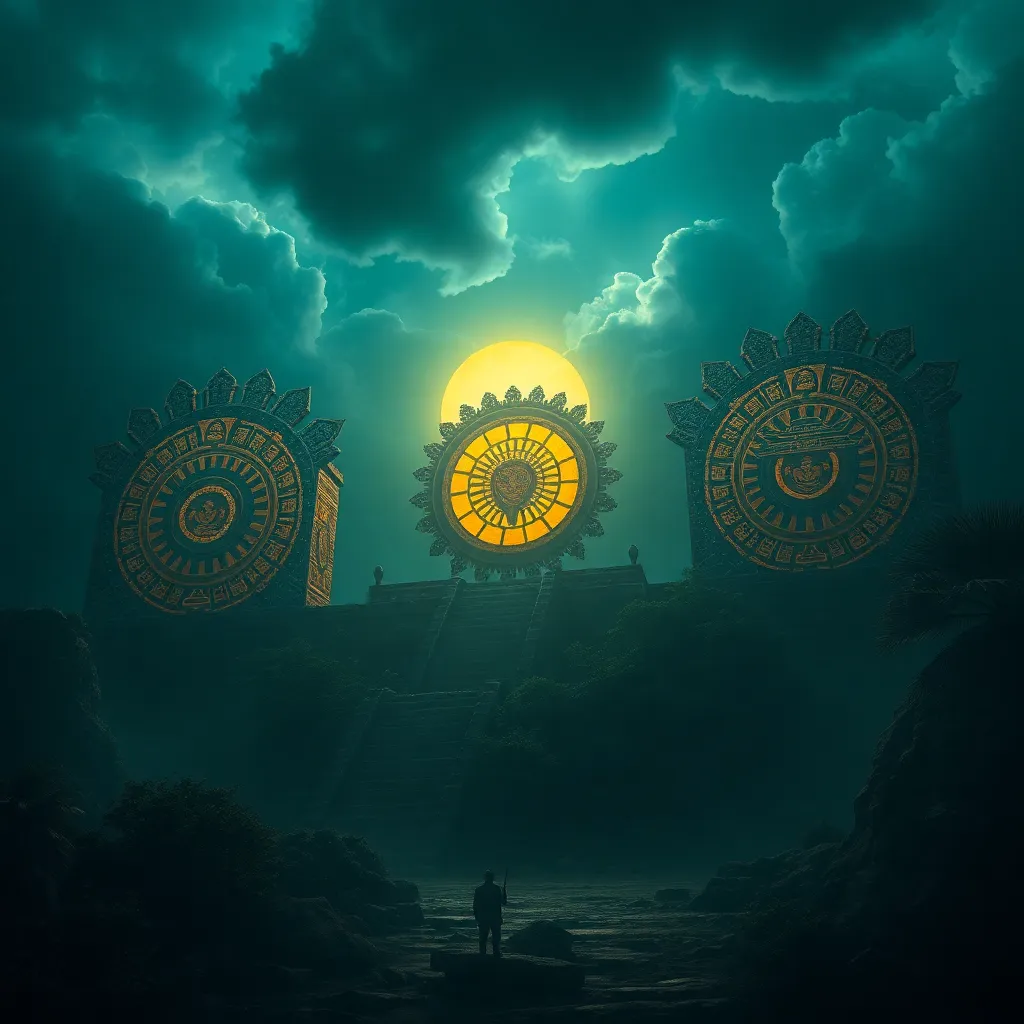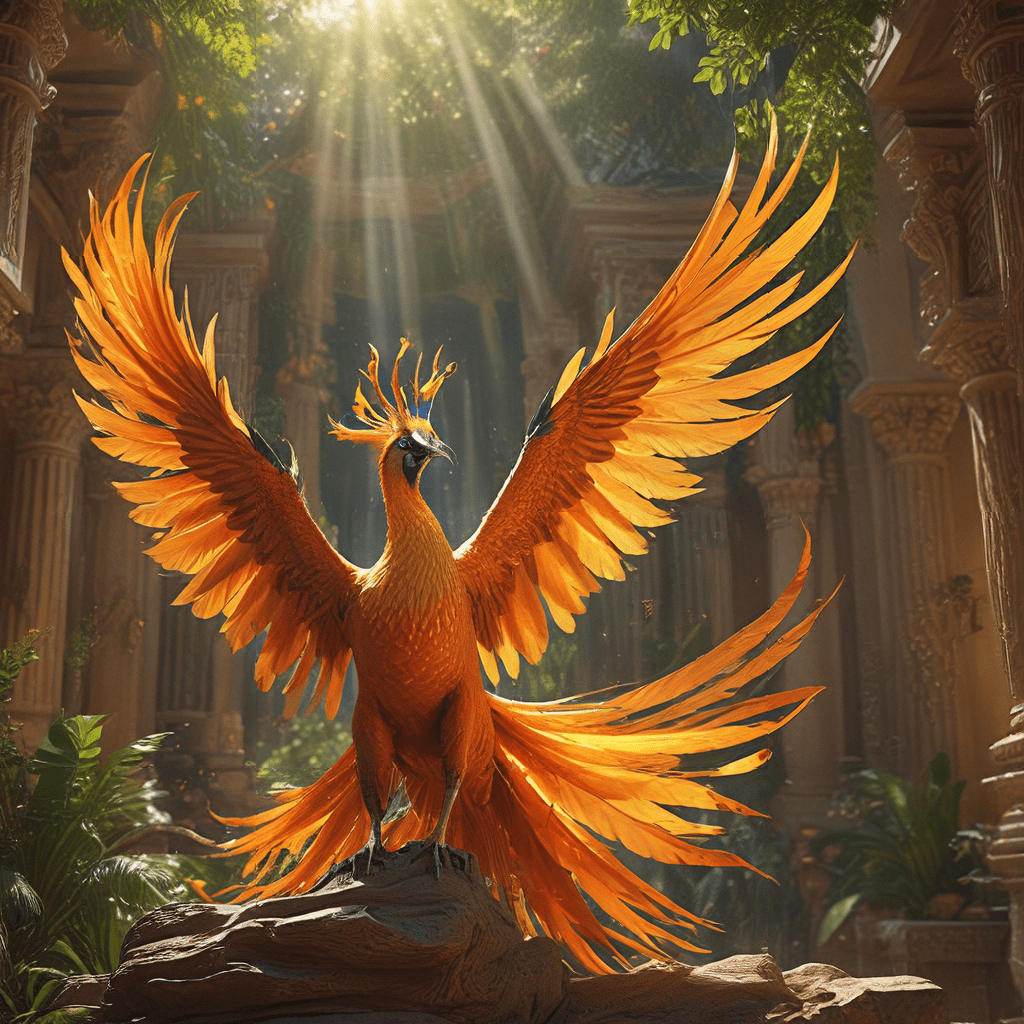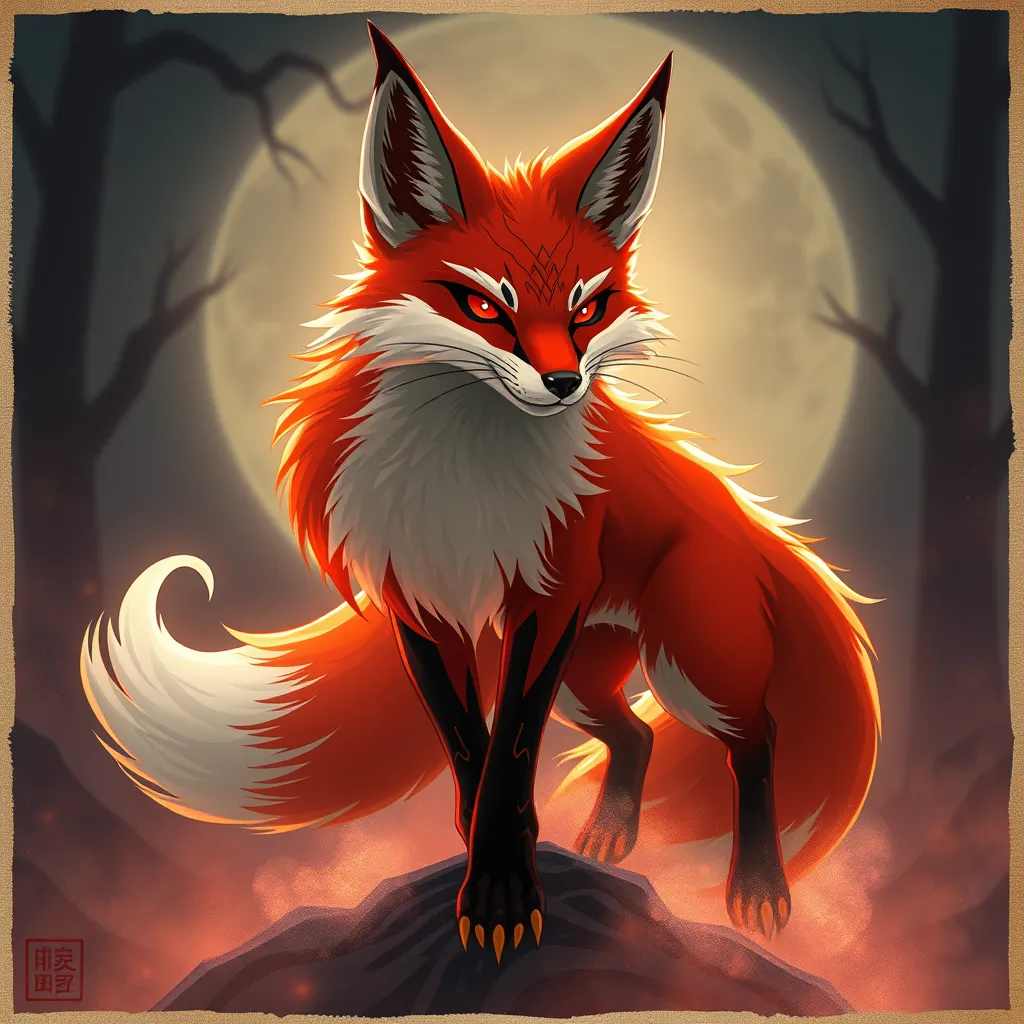The Dragon’s History: Tracking the Origins and Evolution of Dragon Lore Throughout History
I. Introduction
Dragons have captivated human imagination for centuries, appearing in various cultures and mythologies around the world. These legendary creatures, often depicted as large, serpentine beings capable of flight and fire-breathing, hold significant cultural and symbolic meanings. In many societies, dragons are seen as symbols of power, wisdom, and the primal forces of nature.
The purpose of this article is to explore the origins and evolution of dragon lore, tracing their representations and meanings throughout history. By examining ancient myths, cultural interpretations, and modern adaptations, we can gain insight into the enduring legacy of dragons in human culture.
II. Ancient Origins of Dragon Myths
A. The earliest records of dragons in ancient civilizations
Dragons have roots in some of the earliest civilizations known to humanity. Historical records suggest that various cultures independently conceived the dragon myth, leading to a rich tapestry of stories and beliefs.
1. Mesopotamian mythologies
In Mesopotamia, dragons were often portrayed as powerful beings linked to chaos and the primordial world. The most famous dragon of this era is Tiamat, a primordial goddess depicted as a dragon or a serpent in the Babylonian creation myth, the Enuma Elish. Tiamat represents the saltwater ocean and is associated with chaos and the struggle against order.
2. Ancient Egyptian representations
In Ancient Egypt, dragons were often depicted as protective entities. The serpent god Apep (Apophis) embodied chaos and was seen as a rival to the sun god Ra. The Egyptians feared and respected Apep, integrating dragon-like imagery into their religious practices and myths.
B. The role of dragons in early religious beliefs
Dragons frequently appeared in early religious narratives, embodying forces of chaos and destruction that heroes needed to confront. They symbolized the struggle between good and evil, often serving as obstacles that demigods or heroes had to overcome to achieve greatness.
III. Dragons in Eastern Cultures
A. The symbolism of dragons in Chinese mythology
In contrast to the often malevolent dragons of Western mythology, Chinese dragons are revered as symbols of power, strength, and good fortune. They are associated with water, controlling rain and rivers, and are often seen as auspicious beings that bring prosperity and happiness.
B. Variations of dragon lore in Japanese and Korean traditions
Japanese mythology features dragons as water deities, closely tied to agriculture and rainfall. The Japanese dragon, or “ryū,” is usually depicted as a benevolent creature. In Korea, dragons are also seen as beneficial, often symbolizing authority and protection, with the Korean dragon (“yong”) being a guardian of the land.
C. The influence of Buddhism on dragon representations
Buddhism introduced additional layers to dragon mythology in Asia. Dragons are often depicted as protectors of Buddhist teachings, embodying the potential for transformation and enlightenment. They are seen as guardians of the Buddha and his followers, further solidifying their positive connotations in Eastern cultures.
IV. Dragons in Western Mythology
A. The evolution of dragon stories in Greco-Roman mythology
In Greco-Roman mythology, dragons often appear as adversaries to heroes. For instance, the dragon Ladon guarded the golden apples in the Garden of the Hesperides, and the hero Hercules had to slay it as one of his twelve labors. These dragons were typically depicted as monstrous and chaotic, symbolizing the struggle between civilization and barbarism.
B. The portrayal of dragons in medieval European folklore
During the medieval period, dragons became a staple of European folklore. They were often depicted as fire-breathing beasts that hoarded treasure and terrorized villages. The legend of St. George and the Dragon epitomizes this theme, where the knight battles a dragon to save a princess, symbolizing the triumph of good over evil.
C. The significance of dragons in Christian allegories
In Christian allegory, dragons often represent Satan or evil. The Book of Revelation describes a great dragon, symbolizing chaos and opposition to God. Such depictions reinforced the duality of dragons as both fearsome beasts and symbols of sin and temptation.
V. The Transition of Dragons in Literature and Art
A. Dragons in classical literature and epic tales
Dragons have retained their prominence in literature, from ancient epics to modern novels. They often serve as formidable challenges for heroes, embodying the themes of courage and valor. Notable examples include the dragon Fafnir in Norse mythology and the dragon Smaug in J.R.R. Tolkien’s “The Hobbit.”
B. Artistic depictions of dragons through the ages
Throughout history, dragons have been a popular subject in art. From medieval manuscripts to Renaissance paintings, dragons are often depicted in various forms, ranging from fearsome creatures to majestic beings. Their portrayal has evolved alongside cultural changes and artistic movements.
C. The impact of the Renaissance on dragon imagery
The Renaissance brought a renewed interest in mythology and classical texts, leading artists to reimagine dragons in more dynamic and varied ways. This period saw the emergence of dragons as symbols of human ambition and exploration, reflecting the spirit of discovery that characterized the age.
VI. Modern Interpretations of Dragons
A. Dragons in contemporary literature and film
In contemporary literature and film, dragons have taken on new roles, often depicted as complex characters that can be both allies and adversaries. Series such as “Game of Thrones” and films like “How to Train Your Dragon” showcase dragons as integral to the narrative, reflecting modern themes of friendship, loyalty, and conflict.
B. The rise of popular culture and fantasy genres
The popularity of fantasy genres has solidified dragons’ place in modern culture. They frequently appear in video games, board games, and merchandise, appealing to audiences of all ages. This resurgence has transformed dragons from mere mythological creatures to icons of popular culture.
C. Dragons as symbols of power and transformation in modern narratives
In modern narratives, dragons often symbolize personal transformation and empowerment. They represent the struggle for identity and the journey toward self-discovery, resonating with audiences seeking connection to these universal themes.
VII. The Cultural Significance of Dragons Today
A. The role of dragons in national identities and folklore
Dragons continue to play a significant role in the national identities of various cultures. For instance, the Welsh dragon is a symbol of national pride, while the Chinese dragon is emblematic of cultural heritage and tradition.
B. Dragons as a representation of environmental themes
In contemporary discussions, dragons are sometimes used as symbols in environmental narratives, representing the untamed forces of nature and the need for balance between humanity and the natural world. This recontextualization reflects growing concerns about climate change and conservation.
C. The ongoing fascination with dragons in global cultures
The enduring fascination with dragons illustrates their adaptability and relevance across different cultures. As symbols of mystery and power, dragons continue to inspire stories, art, and cultural expressions worldwide.
VIII. Conclusion
The evolution of dragon lore showcases a remarkable journey through history, reflecting changes in human beliefs, values, and imaginations. From ancient symbols of chaos to modern representations of power and transformation, dragons have maintained a significant presence in various cultures.
The legacy of dragons in human imagination is profound, influencing art, literature, and folklore. As we continue to explore and reinterpret these mythical beings, the study of dragon mythology offers valuable insights into our collective psyche and cultural heritage.
In the future, dragon mythology studies may delve deeper into their roles in contemporary society, exploring how these creatures can serve as mirrors reflecting our hopes, fears, and aspirations in an ever-changing world.
![]()


